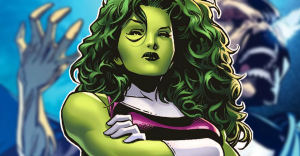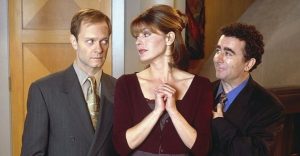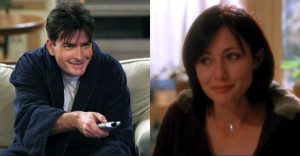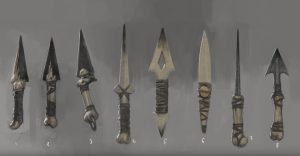John Carpenter’s 10 Best Film Scores Ranked
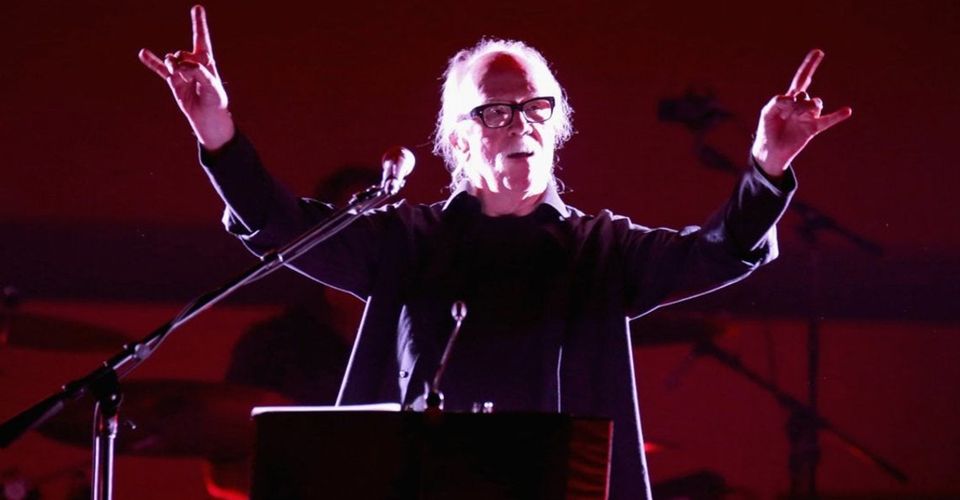
John Carpenter is a master of horror-genre cinema. His filmography contains some of the most beloved genre films in history. The filmmaker is praised for his style and his expertise in creating a proper atmosphere through his camerawork and unique directing touches.
One of the biggest keys to the success of his films is their scores, most of them composed by Carpenter himself and all of them using an ambient electronic sound. While the scores for 1982’s The Thing and 1984’s Starman have the classic Carpenter sound, they were composed by Ennio Morricone and Jack Nitzsche respectively. Carpenter’s composing of his own scores are as important as his filmmaking.
10 In The Mouth Of Madness (1995)

In the Mouth of Madness is Carpenter’s Lovecraftian tale of an investigator (Sam Neil) on the trail of a mysterious horror writer whose novels are bringing about the end of the world. For the film, Carpenter composed a creepy score, but one of his most subtle.
For its opening credits theme, the filmmaker/composer used heavy guitar riffs and a pulsating rock and roll mood. This, and the reality our lead character experiences, are just a ruse, as the rest of the score is a moody and soft eerieness that compliments the film’s dark tone.
9 Village Of The Damned (1995)

Carpenter’s remake of 1960’s Village of the Damned wasn’t well-received by audiences nor critics. The director purposefully made it in the style of a low-budget B film from the 50s and this turned off audiences, who were expecting a higher quality film from a master such as John Carpenter.
What was praised is Carpenter’s score. He used his signature synth style but this time to a more mellow effect. The pounding, tension-filled style was only there in a scene or two, while Carpenter made this one the electronic equivalent of a string score. In bringing his style to a slower pace for this film, it added greatly to the film’s atmospheric tone.
8 They Live (1988)

John Carpenter’s 1988 They Live was a middle finger to the Reagan-era 1980s. Using aliens who lull everyone into a state of walking sleep so they can keep them complacent while they take over was a brilliant idea and the film was well-received. Both the film and its score are considered classics.
For this score, Carpenter kept his pulsating style to enhance the tension but added a bluesier tone. The opening shots of the film’s hero (Roddy Piper) are infused with a sad, blues style that brings out the loneliness and isolation of the character.
7 Big Trouble In Little China (1986)

John Carpenter’s Big Trouble in Little China is one of the director’s most popular films. While not a hit at the box office, it found immediate cult status on home video and has gone on to become one of the director’s most beloved films. The score is as wild and exciting as the film.
This time, the director used a wild and rocking style to compliment his action-packed and comedic ode to Kung-fu films. With color schemes that pop and a big, bold, action-packed canvas, his score is a pulsating and foot-stomping delight that drives the film.
6 The Fog (1980)

John Carpenter was on a roll after his back to back successes of 1976’s Assault on Precinct 13 and the legend that was 1978’s Halloween. His good fortune continued, thanks to his skillfully crafted ghost story, The Fog. The film was a massive hit and was one of the most popular films ever shown on TNT’s MonsterVision show, hosted by Joe Bob Briggs.
Carpenter’s score is one of his most admired. His soft synthesized piano gives his ghost tale a classic horror feel. The quiet piano cues add to the eerieness of the seaside town. The score slowly builds in tension, as does the film, finally exploding in a pounding tension that has us on the edge of our seats.
5 Christine (1983)

Carpenter’s popular adaptation of Stephen King’s Christine was a box office hit and earned many good reviews, even from King himself. The tale of a possessed car played well, thanks to the director’s skill at character development and his ability to bring out the tension so well described in the novel, complemented by one of his finest scores.
For the score, Carpenter played on his previous uses of pulsating synth cues and increased them, making this particular score almost a blend of the styles he used in his previous three films. As Christine came alive, Carpenter ratcheted up the terror through his score, which came at the audience like an unstoppable force.
4 Assault On Precinct 13 (1976)

Carpenter made a name for himself with this 1976 action-thriller. The film was his homage to his idol Howard Hawk’s 1959 Western Rio Bravo, as a small group of people are trapped in an abandoned police station while they are surrounded by street gangs looking to kill them.
The main theme is instantly recognizable amongst Carpenter fans. Its tone is tough and its 3/4 time beat is the hint of the carnage to come. Carpenter uses the theme throughout and infuses the rest of the score with a tension-filled aura that doesn’t let up.
3 Escape From New York (1981)

One of Carpenter’s most popular films, Escape From New York also has one of his most popular scores. As we follow Snake Plissken on his quest to find a kidnapped President, the score leads us through the dark, dystopian “future” of 1997.
The theme builds slowly, as does the film. The cool finger-snapping main title music goes with the no-bullshit style of our anti-hero, Snake. The rest of the score combines pulsating action queues with cool grooves that mirror the attitudes and styles of each character.
2 Prince Of Darkness (1987)

The essence of The Devil exists in the basement of an abandoned church. He is coming alive as a group of grad students and scientists are trapped inside. Carpenter’s film is one of his moodiest and most tension-filled.
This score is an unrelenting exercise in masterful manipulation through music. The music is almost nonstop throughout. While some critics complained, fans recognized the brilliant atmosphere created by Carpenter’s eerie tones that explode into pulsating queues like a roller-coaster that, once it drops, never stops going down. This is one of the director’s finest blends of his music with his imagery.
1 Halloween (1978)

Iconic in so many ways. John Carpenter solidified his place in horror film history with not only his 1978 slasher classic, Halloween, but also its groundbreaking score.
Using the simplest of tones, Carpenter’s synthesizers and Moog organs create some of the most atmospheric moments in horror history. As Michael Myers stalks Laurie Strode and her friends on Halloween night, Carpenter’s score follows them through the darkness with a haunting synth piano. The score is one of the most recognized of all film scores and is widely appreciated as one of the greatest.












